The Dean of the School of Engineering at the University of Pennsylvania, IEEE, ASME Fellow, and the U.S. National Academy of Engineering, Vijay Kumar, are extremely popular in the world. He has made great achievements both in academics and achievements in the field of aerial robotics (drone). At the CCF-GAIR Global Artificial Intelligence and Robotics Summit, Vijay Kumar presented the "5s" trend of drone development in the report:  In the future, robots will be used in search and rescue scenarios. If a drone is too large, it will be extremely unfavorable to the exploration of the environment. In the face of an unknown environment, small drones have greater autonomy. Like a group of small bees. But at the same time, it also brings some negative challenges. When the size of a drone is reduced to a diameter of even 11 centimeters, 20 grams of weight, it can not move some wooden blocks, stones and other objects at all. Small and safe drones do not hurt even if they hit a passerby. This makes it easier to control flight in various environments. Moreover, due to the smaller size of the machine, its inertia will also decrease, and it can quickly self-balance in the event of an impact. In the course of avoiding obstacles, drones can use closed loops such as sensors, cloud controls, and cameras. In addition, they rely on computer vision to detect the environment, analyze the characteristics of the surrounding environment, and realize self-planning paths, just as people see obstacles. Know how to bypass. But this is not just a simple obstacle avoidance. With the aid of a screw and an accelerometer, drones know how to move according to the characteristics of the environment. By doing hundreds of operations per second, the most feasible position and speed are calculated. As shown in the figure, with different levels of sensors and different uncertainties, we can use a probabilistic method to fuse the system's data together and use an equation to sum it up into an estimate of position and velocity. However, it is still a challenge to achieve a certain degree of sensitivity. In addition, drones not only need to be able to judge their speed and position during flight, but also need to be controlled to avoid entering the obstacle zone. This requires map recognition technology. Swarms 1, independent action; 2. Rely on local information only: Do not know the needs of other teams, it only knows the latest situation in the vicinity; 3, no personality characteristics of the behavior: no identity. Let us talk with you about how we are looking for a safety track. First construct a two-dimensional low degree and find some safe angles, then use it as a vector set to adjust the minimum acceleration trajectory in this set. In general, the aerial robot can also “see things†with the support of computer vision technology, but it has a very fast flight speed and the sight is only 20 meters. So it needs to continuously update its map data and then make flight decisions to bypass obstacles. "It's difficult to achieve autonomy at small sizes," Professor Vijay Kumar said. If a UAV is equipped with some parts, the entire platform weighs 3 kilograms. When it is hovering, the weight of the UAV is even greater. Importantly, 45% to 50% of the weight of this aerial robot is cable, sensor and housing. The drone itself is low-power, but the percentage of invalid components is too large, resulting in high power consumption. So what are our cheap and light solutions? The answer is our smart phone. Phlone - a drone controller program running on a cell phone that can make positioning and path decisions. In other words, drones do not need to carry too many cumbersome test equipment components. With two chips, we can transfer the useless weight to the mobile phone. This is why Qualcomm likes to decompose the drone function platform. Utilizing this technology, UAVs can perform structural flight - some areas are dry, some are wet, and they can be controlled by better calculations. In the future, the advancement of heavy-duty and light drones will depend on this technology. Moderator: The first question, you mentioned that the drone's size will become smaller and smaller, then what challenges will it encounter in terms of perception and control after its size is reduced? Vijay Kumar: The smaller the size of the control, the better. I said just now—the smaller the size, the more people hit without hitting people. However, in terms of perception, if the size is smaller, using a light sensor, such as a sensor on a mobile phone, has a very low cost, and it is also very favorable for data processing operations to better understand the surrounding world. But for components such as GPUs, we need better algorithms to handle the information captured by cameras. Moderator: I know you also have a speech at the TED lecture. My problem is, don’t say aside technology. What do you think about this stage today? How does it compare to TED? VijayKumar: Because there are a lot of my friends in the audience, I feel more comfortable. I prefer our stage. Thank you, and thank you for the invitation of the General Assembly. Oil-immersed Distribution Transformer, its HV level is 11kV, LV is 400V, its capacity is 2500kVA and below. Generally installed on the pole or in the distribution room, for lighting or power supply, three-phase power supply, fully sealed tank structure, to ensure the transformer safe and reliable operation. Three Phase Transformer,11Kv Distribution Transformer,High Quality 2500Kva Transformer,11Kv Oil Immersed Transformer Hangzhou Qiantang River Electric Group Co., Ltd.(QRE) , https://www.qretransformer.com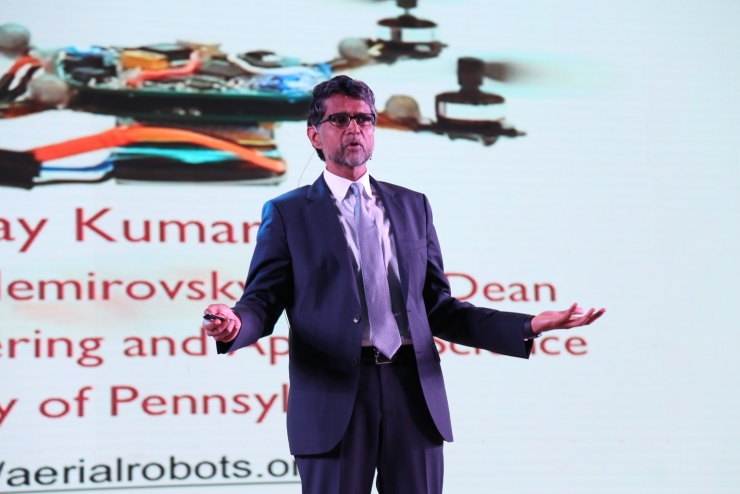


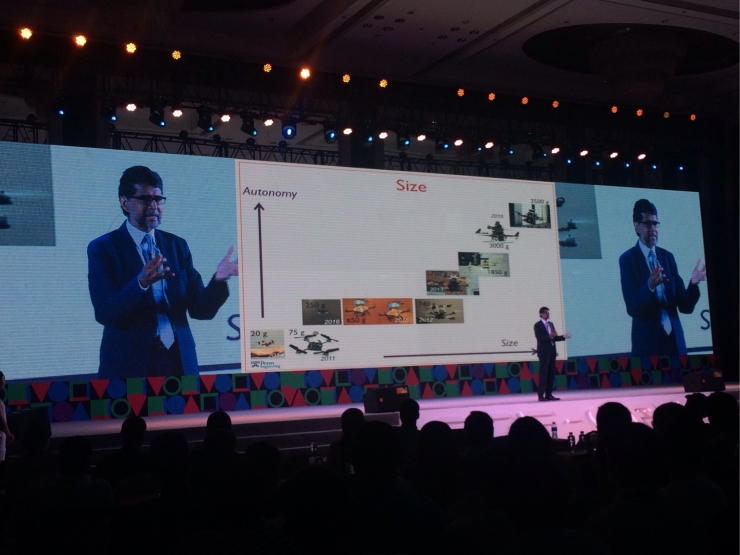
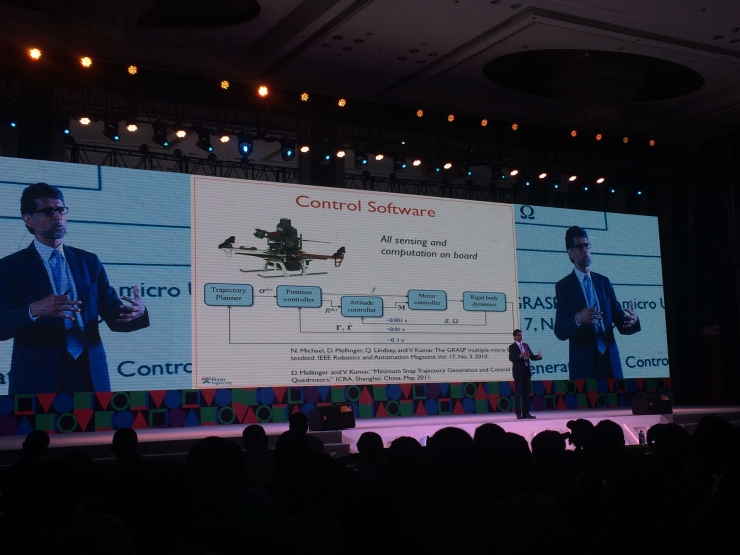
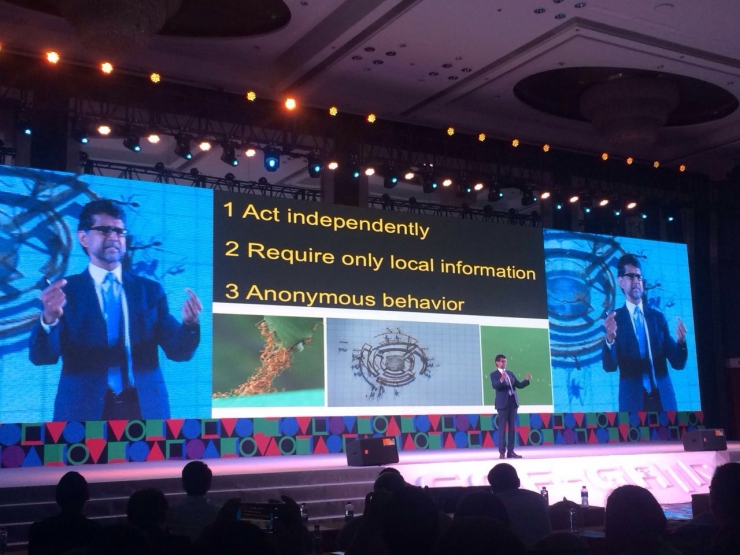

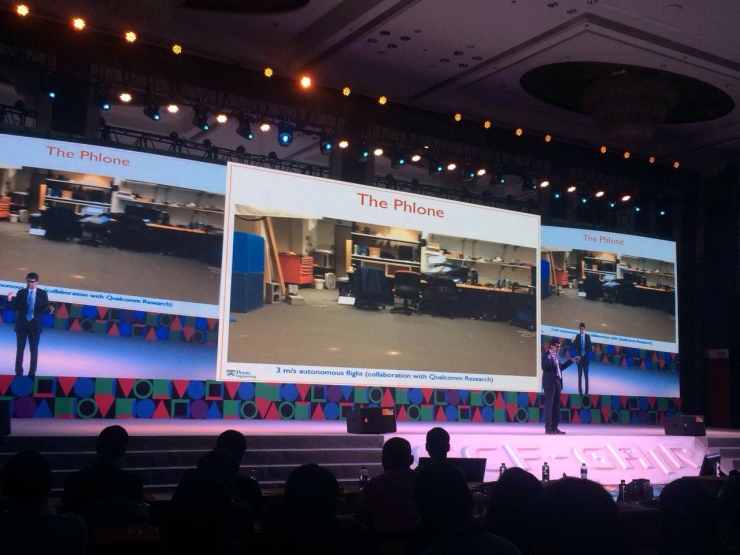
 discuss
discuss